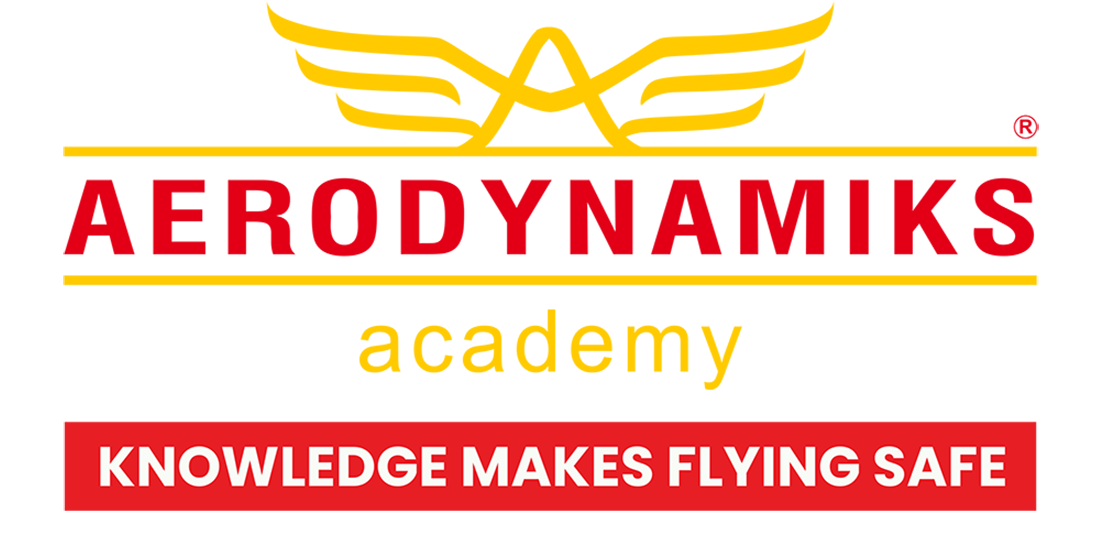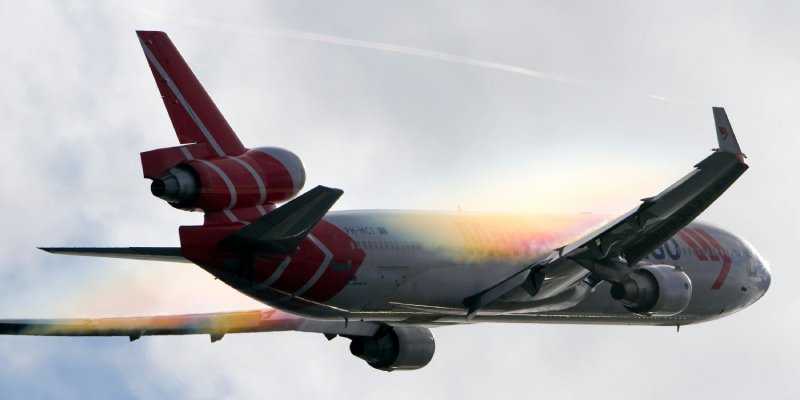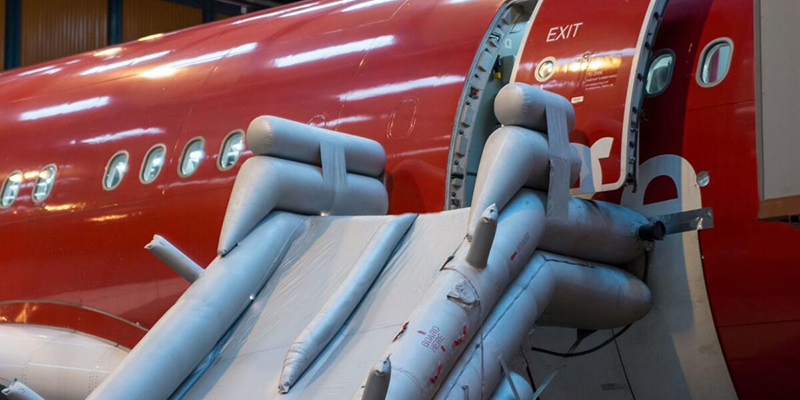Imagine you’re cruising at 35,000 feet when suddenly the captain announces, “Flight attendants, please be seated.” Minutes later, the aircraft begins to bounce and shake. This is turbulence – one of the most common phenomena in aviation. But how do pilots know it’s coming? Let’s explore the tools, techniques, and telltale signs that help aviators anticipate and handle turbulent air.
What Exactly Is Turbulence?
Before diving into detection methods, let’s understand what we’re looking for. Turbulence is essentially disturbed airflow that causes rapid, sometimes violent air movement. Think of it as “bumps” or “potholes” in the sky. While rarely dangerous to modern aircraft, turbulence can be uncomfortable for passengers and potentially hazardous if severe.
Visual Clues of Turbulence
Experienced pilots develop a keen eye for visual indicators of turbulent air:
https://unsplash.com/photos/a-view-of-clouds-from-an-airplane-window-m-yWE0TUfLw
Photo by Rhys Abel from Pexels: https://www.pexels.com/photo/airplane-cockpit-during-flight-10059835/
Cloud Formations: Certain cloud types are reliable turbulence indicators:
Thunderstorm Clouds: These giant, towering clouds, called cumulonimbus, are basically nature’s blender. You want to stay far away from them because the air inside is extremely violent.
Wavy Clouds: Lenticular clouds look like smooth, stacked pancakes or lenses. They form over mountains and are a big clue that there are strong, wavy winds, or mountain waves, that can cause a very bumpy ride.
Bumpy-looking Clouds: If a cloud looks like a fluffy head of cauliflower, it means there’s a strong current of air pushing up from below. This can lead to a bumpy ride, like driving on a road with lots of dips and bumps.
Ground Clues 🌎
Pilots also look down for clues about the air.
- Dust and Sand: If you see dust or sand being kicked up on the ground, it’s a sign that the wind is really strong down there. That strong wind can reach up to the plane and cause a bumpy ride.
- Water: If a lake or ocean has whitecaps (foamy waves), it means it’s super windy.
- Smoke: If you see smoke from a chimney or a fire that’s blowing all over the place instead of in a straight line, it’s a sure sign of erratic wind.
Other Planes ✈️
- Bouncing Planes: If you’re flying behind another plane and you see it suddenly bobbing up and down, it’s a good chance you’re about to hit the same bumpy air. It’s like watching a car in front of you hit a pothole; you know to slow down and brace for it yourself.
Pre-Flight Planning and Weather Briefings
Much of turbulence avoidance happens before the plane leaves the ground:
- Weather Briefings: Pilots review turbulence forecasts, pilot reports (PIREPs), and significant meteorological information (SIGMETs) during pre-flight preparation.
- Weather Forecasts and SIGMETs: Before every flight, pilots review detailed weather forecasts and special alerts (called SIGMETs) for turbulence along their route. This helps them plan the smoothest possible path26.
- Wind Charts: Examining upper-air wind patterns helps identify areas where strong wind shear (changing wind direction or speed) might create turbulence.
- Jet Stream Location: Think of the jet stream like a super-fast, powerful river of air high up in the atmosphere.
It’s not visible, but pilots know where it is. Flying right in or near this fast-moving “river” can be like driving a car next to a big, fast-moving truck on the highway—the air gets choppy and bumpy.
The area around the edges of this “river” is where the smooth, slower air meets the fast-moving air, which causes invisible bumps and shaking. This is called clear air turbulence because it happens without any warning clouds.
Photo by Mariya from Pexels: https://www.pexels.com/photo/cockpit-in-a-plane-19576656/
Communication with Air Traffic Control and Other Pilots
Real-time information is invaluable for turbulence detection:
- Pilot Reports (PIREPs): Pilots share real-time turbulence updates with air traffic control and other pilots. If a plane ahead reports turbulence, that information is quickly relayed to following flights, giving them a heads-up to prepare or change course.
- ATC Advisories: Controllers monitor multiple aircraft and can warn pilots about areas where others have reported rough air.
- Company Communication: Airlines often have systems where their planes share turbulence encounters with their other aircraft on similar routes.
Physical Sensations and Aircraft Behavior
Sometimes the first indication comes from the aircraft itself:
- Control Response Changes: Pilots might notice the controls becoming less responsive or requiring more input than usual.
- Airspeed Fluctuations: Unexpected changes in airspeed can signal entering disturbed air.
- Light Chop: Minor vibrations or light chop often precede more significant turbulence, giving attentive pilots time to prepare.
How Pilots Respond to Turbulence Indicators
When turbulence is detected, pilots take specific actions:
- Adjust Airspeed: Reducing to the recommended turbulence penetration speed provides a margin of safety and improves passenger comfort.
- Turn on Seat Belt Signs: Ensuring passengers are seated and secured is the first priority.
- Communicate with Cabin Crew: Giving flight attendants advance warning allows them to secure the cabin and themselves.
- Request Altitude or Route Changes: Pilots often request different altitudes or slight course deviations to find smoother air.
- Increase Cockpit Vigilance: More frequent instrument scans and heightened attention to aircraft performance become essential.
Training for Turbulence Detection
For aspiring pilots, developing turbulence awareness involves specific training:
- Simulator Scenarios: Flight simulators recreate turbulence encounters to build experience in a safe environment.
- Weather Theory Education: Understanding the meteorological causes of turbulence helps in prediction.
- Mentoring: Experienced captains pass down visual cues and “rules of thumb” that aren’t always found in textbooks.
Conclusion
Detecting turbulence is both science and art. Modern technology provides valuable data, but an experienced pilot’s intuition—developed through years of observing the sky—remains invaluable. While we can’t eliminate turbulence from aviation, the combination of advanced tools and well-trained pilots means we can usually anticipate it, prepare for it, and navigate through it safely.
For student pilots, developing these detection skills early creates a foundation for smoother, more comfortable flights throughout your career. Remember that each turbulence encounter is a learning opportunity to sharpen your prediction abilities for future flights.






